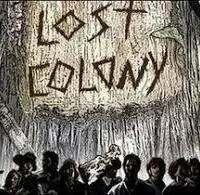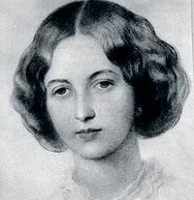If you’ve ever carved a pumpkin, dressed up in costume, or gone trick-or-treating, then you owe a debt of gratitude to a certain Irishman named Stingy Jack. That’s right, the origins of Halloween can be traced back to an ancient Celtic festival called Samhain, which marked the end of the harvest season and the beginning of winter. And according to legend, Stingy Jack played a key role in the creation of this spooky holiday.
So who was Stingy Jack, you ask? Well, he was a clever but miserly fellow who loved nothing more than hoarding his wealth and playing tricks on others. One day, he met the devil himself in a pub and managed to trick him into paying for his drinks by turning himself into a coin. But Jack wasn’t satisfied with just a free night of drinking – he also wanted to cheat the devil out of his soul.
So Jack made a deal with the devil – he would let the devil have his soul, but only if the devil agreed to never take Jack to hell. The devil, eager to get his hands on Jack’s soul, agreed to the deal. But when Jack eventually died, he found that heaven didn’t want him either because of his deceitful ways.
So Jack was forced to wander the earth as a ghost, with only a carved-out turnip to light his way. And on the night of Samhain, when the veil between the living and the dead was thinnest, he would roam the countryside, playing tricks on people and scaring them with his eerie glow.
When the Irish immigrants brought their traditions to America, they discovered that pumpkins were a more plentiful and easier-to-carve alternative to turnips, and the Jack-o’-Lantern was born. And thus, the legend of Stingy Jack lives on to this day, inspiring generations of Halloween revelers to dress up in spooky costumes, eat too much candy, and scare the pants off each other with ghost stories and unexplained mysteries.
Read on for more…


























